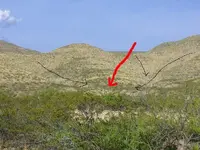chong2
Bronze Member
- Joined
- Apr 25, 2006
- Messages
- 2,041
- Reaction score
- 141
- Golden Thread
- 0
- Location
- El Paso, TX
- Detector(s) used
- Flippin Stick n good luck :)
i have been meaning to get some pictures up of this, i found this when i was about 16. now there is another one of these i also stumbled upon when i was younger, about 8 miles away. both located at the base of foothills. both eroded the same way. both located right above a ravine. they were made with natural stone from the area. the " bottom" has a red material, clay? at this particular location i browsed around and found no evidence of a foundation. im wondering what they are, probally a well. why located where they are, at base of foothills, on the hills themselves. who possible made them, ranchers? indians? early explorers? and how old are they? the erosion you can see for yourself. now these are in the desert southwest. not much rain comes by here. lets hear your opinions.
Attachments
-
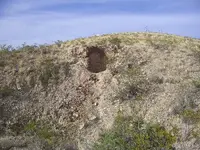 z1.webp77.4 KB · Views: 1,254
z1.webp77.4 KB · Views: 1,254 -
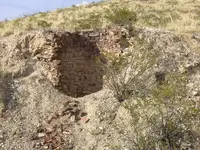 z2.webp99.4 KB · Views: 1,235
z2.webp99.4 KB · Views: 1,235 -
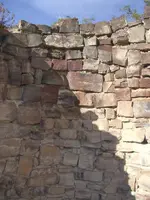 z3.webp76.2 KB · Views: 1,236
z3.webp76.2 KB · Views: 1,236 -
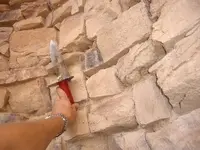 z4.webp45.6 KB · Views: 1,211
z4.webp45.6 KB · Views: 1,211 -
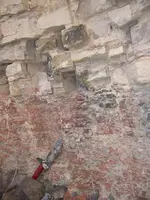 z5.webp105.7 KB · Views: 1,211
z5.webp105.7 KB · Views: 1,211 -
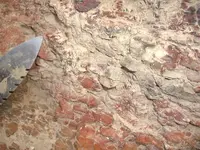 z6.webp70.9 KB · Views: 1,195
z6.webp70.9 KB · Views: 1,195 -
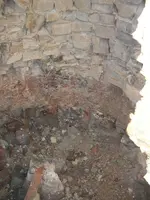 z7.webp90.8 KB · Views: 1,209
z7.webp90.8 KB · Views: 1,209 -
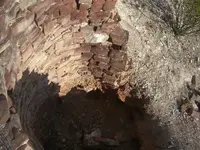 z8.webp73 KB · Views: 1,189
z8.webp73 KB · Views: 1,189 -
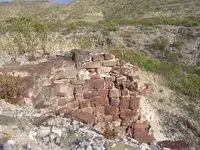 z9.webp90 KB · Views: 1,179
z9.webp90 KB · Views: 1,179 -
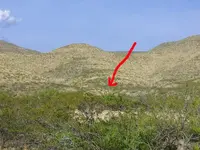 z10.webp55.7 KB · Views: 1,176
z10.webp55.7 KB · Views: 1,176




 It looks enough like local dug wells that I would buy that. Don't know that area, but hereabouts when an artesian spring is found you put the well there. They can come and go with seasonal or long term soil changes. Sometimes the infeed is above the bottom of the pit so that as the spring dries up the water is available for a while after. Any broken pots or buckets nearby?
It looks enough like local dug wells that I would buy that. Don't know that area, but hereabouts when an artesian spring is found you put the well there. They can come and go with seasonal or long term soil changes. Sometimes the infeed is above the bottom of the pit so that as the spring dries up the water is available for a while after. Any broken pots or buckets nearby?